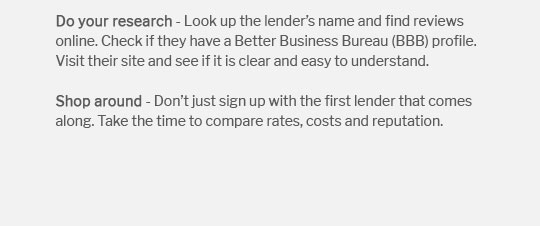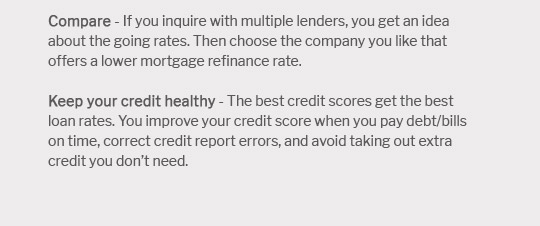 |
|||
 |
 |
 |
 |
|
|---|---|---|
 |
 |
|
 |
 |
|
 |
 |
 |
 |
Understanding 10-Year Mortgage Loan Rates: A Comprehensive GuideWhen it comes to financing a home, the mortgage landscape can be quite complex, often leaving potential homeowners pondering over the myriad of options available. Among these, the 10-year mortgage loan stands out for its unique characteristics and potential benefits. Unlike the more conventional 30-year or 15-year loans, the 10-year mortgage offers a different approach to home financing that can be appealing under certain circumstances. First and foremost, it's crucial to understand what a 10-year mortgage loan entails. Essentially, this type of loan requires borrowers to repay the principal and interest in full over a decade. This shorter term means that monthly payments are typically higher compared to longer-term loans, but the interest rates are often significantly lower, which can lead to substantial savings over time. The prospect of paying off a home in just ten years can be enticing, especially for those who are keen on minimizing their debt burden swiftly. One of the primary advantages of a 10-year mortgage is the reduced interest rate. Lenders generally offer lower rates for shorter loan terms because the risk is minimized-the less time you take to repay, the less time there is for things to go awry. This can result in thousands of dollars saved in interest payments, making it an attractive option for financially stable individuals who have the means to manage higher monthly payments. However, there are several factors to consider before opting for a 10-year mortgage. The most significant is the financial commitment it demands. A borrower must ensure that they have the cash flow to support the larger payments without compromising their financial stability or other life goals. It’s advisable to assess one's long-term financial plans and consider how the mortgage fits into them. For example, individuals nearing retirement may prefer the peace of mind that comes with being mortgage-free sooner, while younger borrowers might prioritize cash flow for investments or family expenses. Additionally, the opportunity cost of locking in substantial monthly payments is worth contemplating. The funds dedicated to a higher mortgage payment could potentially be invested elsewhere, yielding greater returns. As such, it is essential to weigh the benefits of paying off a home quickly against the potential returns of alternative investments. In conclusion, while the 10-year mortgage loan is not the most conventional choice, it offers distinct benefits for those who can afford the financial commitment it requires. Its allure lies in the promise of lower interest rates and the rapid accumulation of home equity, but it demands a careful examination of one’s financial situation and long-term goals. As with any significant financial decision, it is wise to consult with a financial advisor to explore whether this option aligns with your overall financial strategy and lifestyle aspirations. https://www.becu.org/loans-and-mortgages/home-loans/fixed-rate
Fixed-rate loans are available for 10-, 12-, 15-, 20-, or 30-year terms, and your rate is locked in so if market rates fluctuate, your loan rate stays the same. https://www.zillow.com/mortgage-rates/10-year-fixed/
the rate was 6.724 percent,, and the annual percentage rate was 7.311 percent. on December 28th, 2024, the rate was 6.722 percent,, and the annual percentage ... https://www.starone.org/mortgage-rates-today/
Disclosures - 2. ARM mortgage loan rates may range from 6.519% APR to 6.358% APR during the initial fixed-rate period, which may be 3, 5, 7 or 10 years. - 3. Home ...
|
|---|